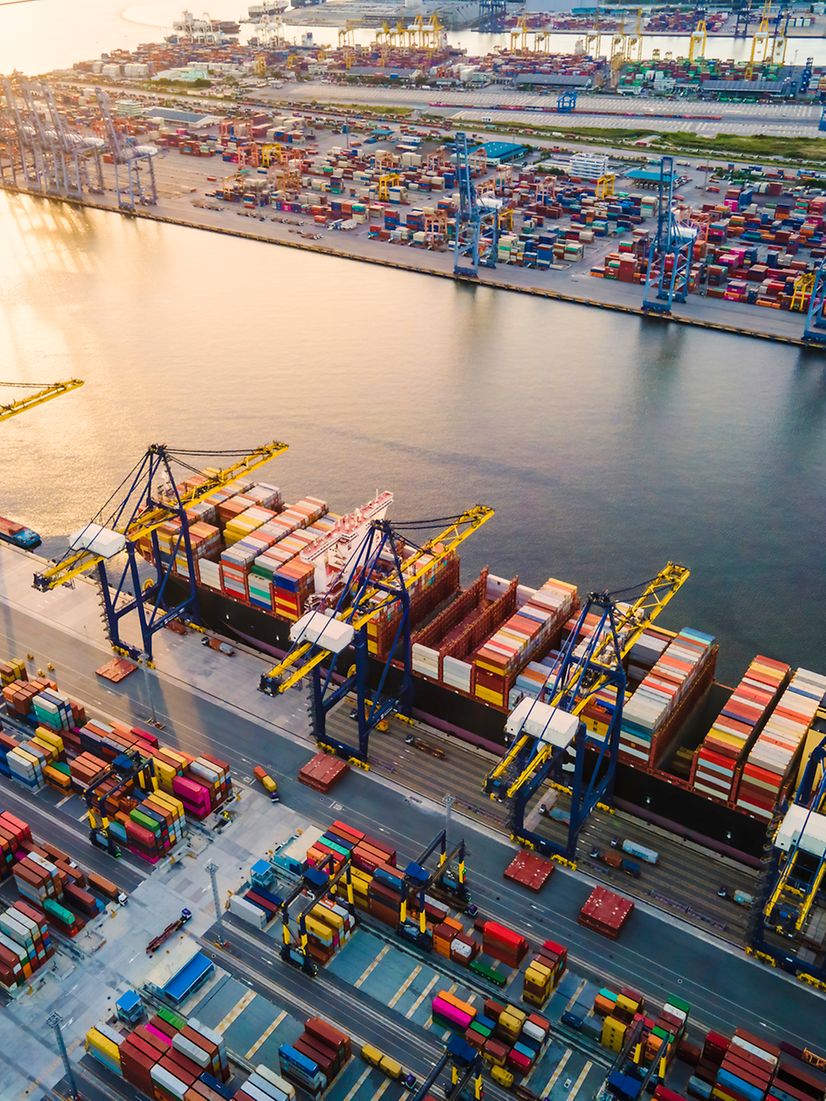Supply chains are as individual as the products they generate. Depending on the industry, business model and market dynamics, they differ greatly in structure, complexity and flexibility. In principle, there are six different types of supply chain management models. From these, four main types can be derived, each with its own goals, challenges and requirements for transparency and digitalisation.
1. The continuous flow supply chain
This type of supply chain is designed for stable, predictable production and demand structures. It is particularly suitable for standardised products with low innovation levels, such as transport in the food or automotive industries. Processes are clearly defined, stock levels are easy to plan, and material flows are steady. Transparency is particularly important when it comes to increasing efficiency, quality control and traceability. With IoT solutions, conditions in production, transport and logistics can be monitored seamlessly, contributing to a smooth process.
2. The agile supply chain
Agile supply chains are used where high flexibility and rapid response to changing customer needs or market conditions are required. Typical sectors include the fashion industry or the technology sector, where trends, seasonality or innovation cycles result in short product lifecycles. Transparency is crucial to quickly detect and respond to short-term changes – for example, through real-time data on inventory, delivery times or specific demand signals. Technologies such as AI and IoT make it possible to combine agility with efficiency.
3. The responsive supply chain
This supply chain is designed for customer-specific orders and a close coupling between supply and demand. Unlike the agile supply chain, the focus here is not primarily on speed but rather on precision and customer orientation. Companies in the electronics or automotive supply industry use this structure to meet individual requirements without wasting resources. IoT-enabled transparency ensures close coordination with the customer, precise demand planning and the ability to respond dynamically to changes in demand.
4. The custom-configured supply chain
This supply chain combines standard processes with individual adaptations. It is typical for products that are based on a common platform but are customised during final assembly – for example, in mechanical engineering, furniture or high-tech products. The challenge lies in integrating standardisation and customisation while maintaining high efficiency. Transparency is key to precisely controlling production processes, coordinating variants and reliably meeting delivery deadline

